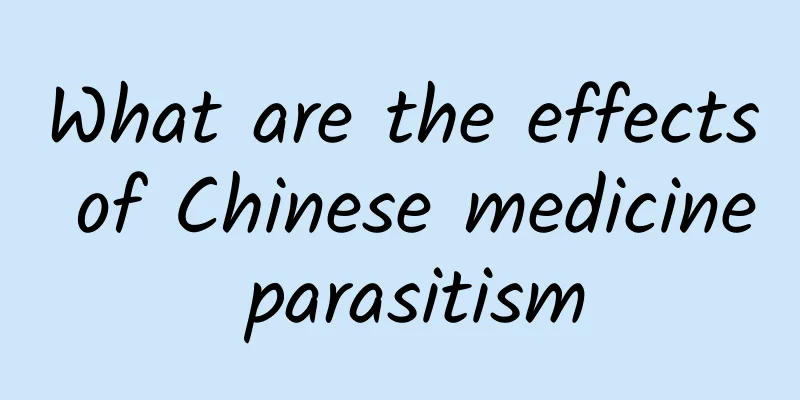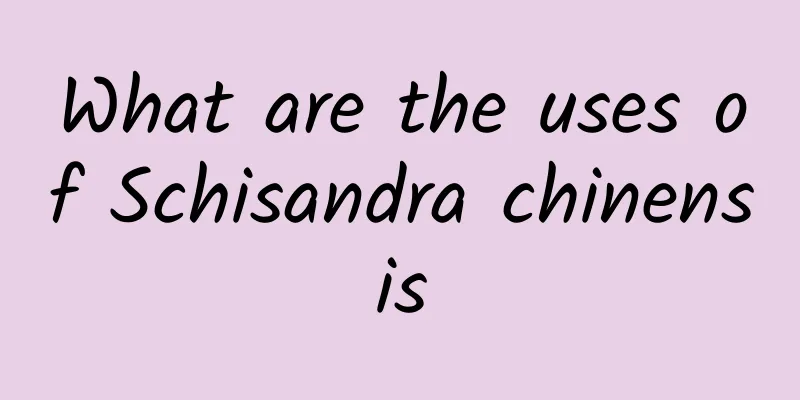What are the effects of Chinese medicine parasitism

|
Parasite is a kind of traditional Chinese medicine. It often parasitizes on some shrubs such as pear, elm, birch, maple, poplar, liquidambar, etc. The medicinal properties of parasites were recorded as early as in "Shengnong Tasting Hundreds of Herbs". It contains quite rich chemical components, including flavonoids, resin alcohol, oleanolic acid and other chemical substances. In addition, parasitism can treat many diseases, such as diuresis, lowering blood pressure, and tocolysis, etc. Let's talk about it below. 1. Treatment of hypertension. It is suitable for cases of liver and kidney deficiency, yin deficiency and yang hyperactivity, headache, dizziness, tinnitus, and palpitations. It has a blood pressure lowering effect. 30-60g can be used alone, decocted in water instead of tea, but because of its limited strength, it is often used with blood-drying herbs such as raw rehmannia, red peony root, and honeysuckle vine, etc., decocted in water and taken orally. Recipes such as Sangji Antihypertensive Decoction have a certain effect on lowering blood pressure and improving symptoms. 2. Treat rheumatic arthritis. It is suitable for patients with rheumatic arthritis, rheumatic myositis, low back pain, and other symptoms of blood deficiency. It has the effects of harmonizing blood vessels, relaxing muscles and tendons, and relieving pain. It is often used with Angelica dahurica, Rehmannia glutinosa, Saposhnikovia divaricata, Codonopsis pilosula, etc., such as the Angelica dahurica Jishe Decoction (see under Angelica dahurica). 3. It is effective in treating fetal movement disorder, fetal bleeding (premature miscarriage), or back pain. It is often used with Scutellaria baicalensis, Atractylodes macrocephala, Dipsacus asper, etc., such as Sangji Antai Decoction. 4. For the treatment of polio, it is more effective when used in combination with Epimedium. 5. Treat dry skin, also known as "dry skin" in traditional Chinese medicine. It is caused by blood deficiency and blood stasis. Because the blood cannot nourish the skin, the skin becomes dry and even like fish scales. Previous generations believed that mistletoe can "lighten the skin" and therefore can treat this disease, but its mechanism of action needs further study. The usage is to take 30-60g of mistletoe each time, add an egg and appropriate amount of sugar, and decoct in water. Parasites are bitter and flat in nature, enter the liver and kidney meridians, and have many therapeutic effects. Therefore, parasites are now also used in clinical practice. However, the types of parasites vary due to different geographical growth environments. Generally, mistletoe, also known as mulberry parasite, is mostly used in Tianjin, while Viscum album is mostly used in some areas of Beijing. There are also certain differences in the effects of the two. |
<<: What are the effects of Wangjiangnanzi?
>>: What are the effects of myrtle fruit
Recommend
The efficacy and function of sugarcane chicken
Sugarcane chicken is a very common Chinese medici...
Manhole covers "eat people" again? Safety under your feet cannot be ignored!
Around 21:00 on May 12, a 3-year-old boy accident...
Ranking of the most attractive tourist cities for international tourists in 2023
According to Euromonitor International, Istanbul,...
The efficacy and function of hairy bees
The medical value of hairy wasp larvae is beyond ...
Where did the warning color of locusts come from?
Produced by: Science Popularization China Author:...
It is not that complicated to nourish the kidneys. You can do it with just one pill.
When it comes to kidney tonifying, nine out of te...
Medicinal value of chrysanthemum
As we all know, the medicinal herb chrysanthemum ...
Effects and functions of Liaodong oak bark
The medical value of Liaodong oak bark is beyond ...
Mianyang: Sichuan’s toughness, China’s confidence
What’s amazing is that China’s only officially de...
The efficacy and function of Tao Nu
The traditional Chinese medicine peach slave is a...
What are the medicinal values of raspberries?
Traditional Chinese medicine is a method of treat...
The efficacy and function of Elecampane[picture]
The Chinese herbal medicine Inula [picture] is a ...
After eating this kind of dried bamboo shoots for a week, the woman rolled on the ground in pain! The doctor was shocked when he saw the intestines...
Dried bamboo shoots are a favorite snack for many...
What are the medicinal values of the root of the plant?
Rooting on the ground is a common Chinese medicin...









